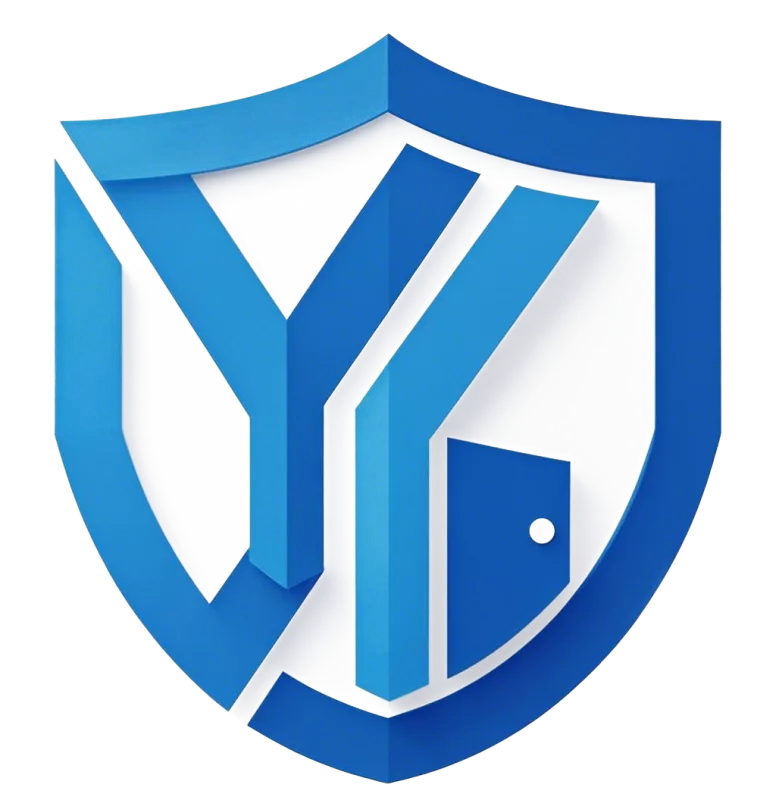Fire Door Cost – A Comprehensive Breakdown for 2024 If you’re looking to purchase fire doors and want to understand fire door costs, this guide will provide you with a detailed breakdown of factors influencing prices and what to expect when buying fire-rated doors. As a leading fire door manufacturer in China, Guangdun specializes in […]
Tag Archives: Fire Door Ratings
Fire Door Ratings: Understanding Standards, Applications, and Real-World Cases
Introduction
In fire safety engineering, fire door ratings determine how long a door can resist flames, smoke, and heat before failing. These ratings are essential for architects, contractors, and building owners to meet strict building codes. For distributors and procurement managers, knowing the difference between 30, 60, or 90 minutes can mean the difference between project approval and costly rework. At YK Door Industry Co., Ltd., we manufacture certified fire doors tested to international standards, providing reliable solutions for global projects.
What Are Fire Door Ratings?
A fire door rating refers to the time (in minutes or hours) that a door assembly can withstand fire exposure during a standardized test. Ratings typically include:
-
30 minutes (FD30 / EI30)
-
60 minutes (FD60 / EI60)
-
90 minutes (FD90 / EI90)
-
120 minutes (FD120 / EI120)
For example, YK Door Industry supplied FD60 steel fire doors for a hospital project in Nairobi, Kenya. The doors withstood one hour of furnace testing under EN 1634-1 standards, ensuring patient evacuation routes remained safe during emergencies.
Global Standards for Fire Door Ratings
Different regions follow specific standards:
-
Europe (EN 1634-1): EI classification (E = Integrity, I = Insulation).
-
United States (NFPA 252 / UL 10C): 20, 45, 60, 90, 180 minutes.
-
UK (BS 476 / BS EN 1634): FD30, FD60, FD90, FD120.
-
China (GB 12955): Commonly requires 30, 60, 90-minute doors for commercial projects.
In 2024, YK Door Industry exported 120-minute steel fire doors to a Middle East refinery. The project required dual compliance: UL certification for insurance purposes and EN certification for European contractors involved. This dual-rated solution met all regulatory demands.
Why Fire Door Ratings Matter
Fire door ratings are more than numbers—they directly impact life safety and property protection:
-
Evacuation Safety: Higher ratings provide more time for occupants to escape.
-
Compartmentation: Delays the spread of flames and smoke, protecting unaffected areas.
-
Regulatory Approval: Non-compliant ratings can cause project rejection.
For instance, a commercial complex in Mumbai was delayed in 2023 because uncertified FD30 doors were installed where FD60 was required. The replacement with certified YK Door Industry doors resolved the compliance issue and allowed the project to open on schedule.
Applications of Different Fire Door Ratings
-
FD30 / EI30 (30 minutes): Apartments, small offices, low-rise residential corridors.
-
FD60 / EI60 (60 minutes): Hospitals, universities, shopping centers.
-
FD90 / EI90 (90 minutes): Industrial plants, data centers, large warehouses.
-
FD120 / EI120 (120 minutes): Airports, refineries, tunnels, critical infrastructure.
In Germany, YK Door Industry supplied FD90 glazed fire doors for a data storage center. The longer fire resistance rating ensured servers and digital assets were safeguarded, meeting insurance standards for high-value properties.
Cost Impact of Fire Door Ratings
Higher ratings naturally increase costs due to thicker materials, stronger hardware, and stricter testing. For example:
-
FD30 wooden door: €250–€280
-
FD60 steel door: €300–€380
-
FD90 glazed door: €400–€500
-
FD120 customized door: €500+
Yet, long-term savings outweigh initial costs. A YK Door Industry client in Spain reported reduced insurance premiums after installing FD120 steel doors, offsetting higher procurement costs within three years.
Summary Table: Fire Door Ratings
| Rating | Duration | Common Use Cases | Example from YK Door Industry |
|---|---|---|---|
| FD30 / EI30 | 30 min | Residential corridors, apartments | Housing project in India |
| FD60 / EI60 | 60 min | Hospitals, schools, shopping centers | Hospital in Nairobi, Kenya |
| FD90 / EI90 | 90 min | Data centers, warehouses | German data storage facility |
| FD120 / EI120 | 120 min | Airports, refineries, tunnels | Middle East refinery project |
Conclusion
Fire door ratings ensure safety, compliance, and risk reduction in modern construction. Whether FD30 for apartments or FD120 for critical infrastructure, correct selection impacts both lives and investments. At YK Door Industry Co., Ltd., we provide globally certified fire doors tailored to projects in Europe, Africa, Asia, and beyond, combining competitive pricing with international compliance.
FAQ
Q1: How can door distributors explain fire door ratings to customers?
Distributors should emphasize that ratings represent time resistance (30, 60, 90, 120 minutes). Providing examples of where each rating is used—such as FD30 in apartments and FD120 in refineries—helps customers choose correctly. YK Door Industry supports distributors with catalogs and technical data sheets.
Q2: What should real estate procurement managers prioritize when choosing ratings?
Procurement managers should match door ratings with project requirements. Installing lower-rated doors than required can lead to rejections, delays, and penalties. YK Door Industry provides CE, UL, and BS-certified options to simplify compliance.
Q3: How do contractors balance budget constraints with required fire door ratings?
Contractors can mix ratings: FD30 for residential corridors, FD60 for public spaces, and FD90 for industrial zones. This strategy controls costs while meeting safety codes. YK Door Industry assists contractors with tailored supply packages.
Q4: Do higher fire door ratings always mean better safety?
Not necessarily. Ratings must match the building’s fire strategy. Over-specification increases cost without adding value. YK Door Industry consults with architects to recommend optimal ratings for each project.
Q5: How do international certifications affect fire door selection in Europe and Asia?
International certifications (CE, UL, BS) ensure doors are tested under strict standards. For cross-border projects, having doors with dual certification, as supplied by YK Door Industry, avoids compliance conflicts and accelerates approval.
